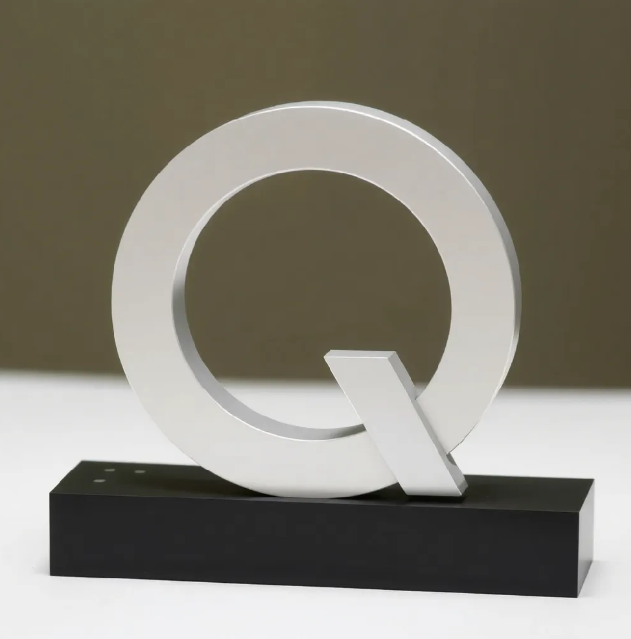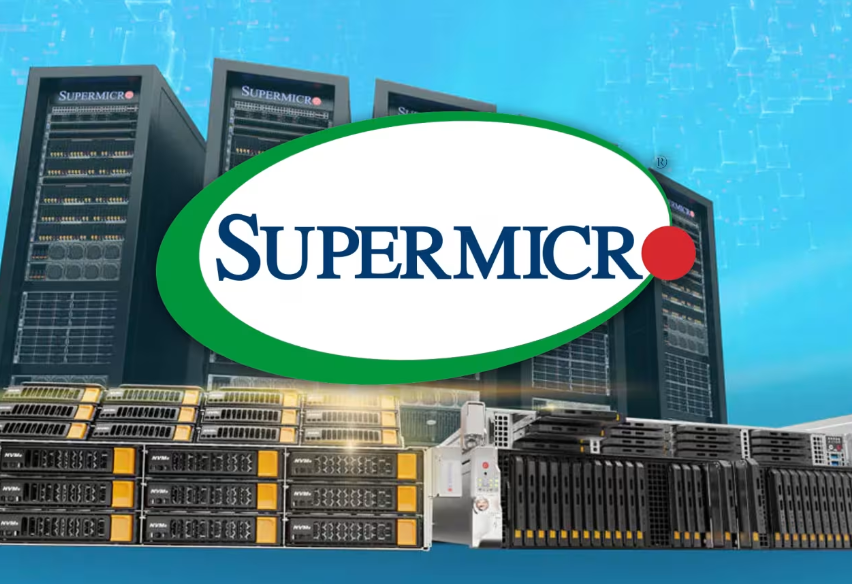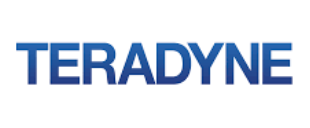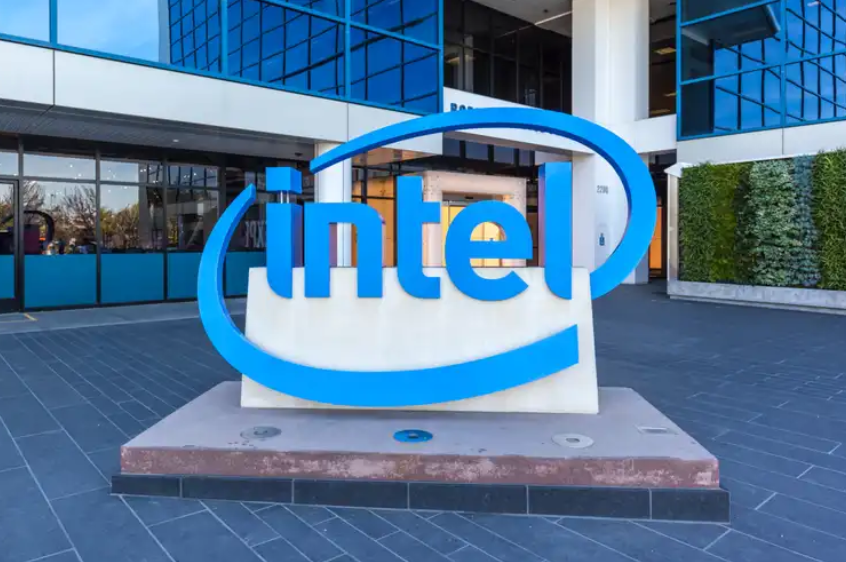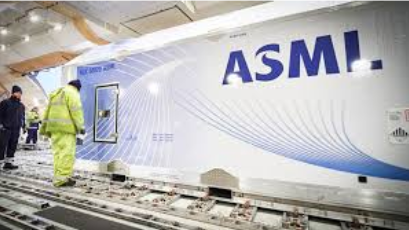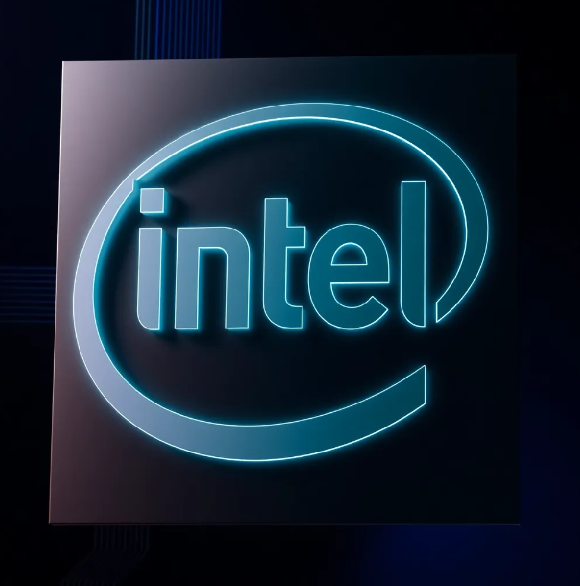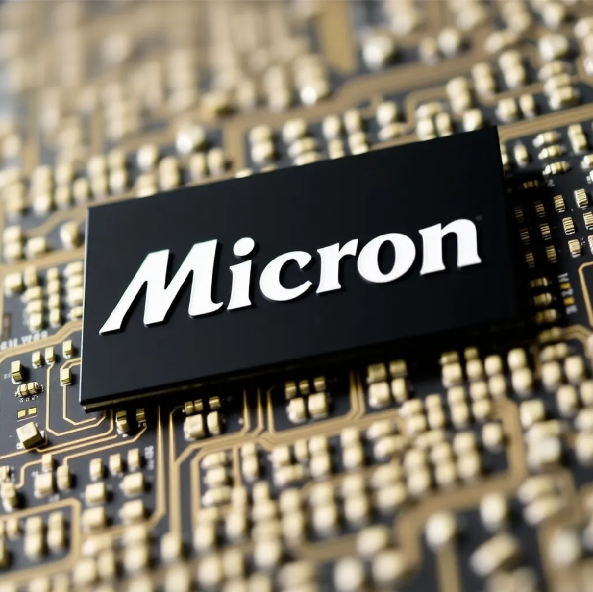Qualcomm (QCOM) Maintaining Buy on Declines
Qualcomm (NASDAQ: QCOM) shares rose 4.5% in extended trading on Wednesday after the San Diego-based semiconductor firm offered up better-than-expected guidance on top of strong second-quarter results.
Auto is the big mover with a 35% increase in revenues. I’m also surprised that handsets held up considering Apple’s weakness.
Looking to the third quarter, Qualcomm said it expects to earn between $2.15 and $2.35 per share on an adjusted basis, with revenue forecast between $8.8B and $9.6B.
Analysts were expecting $2.16 per share in earnings and $9.05B in revenue.
For the period ending March 24, Qualcomm earned an adjusted $2.44 per share on $9.39B in revenue, as QCT sales rose 1% year-over-year to $8.02B. Revenue from handsets rose 1% year-over-year to $6.18B while automotive sales jumped 35% to $603M. Sales from (Internet of Things) IoT tumbled 11% to $1.243B.
Licensing revenue rose 2% year-over-year to $1.318B.
A consensus of analysts expected the company to earn $2.32 per share on $9.35B in revenue.
“We are pleased to report strong quarterly results, with EPS exceeding the high end of our guidance,” said Cristiano Amon, President and CEO of Qualcomm Incorporated. “We are excited about our continued growth and diversification, including achieving our third consecutive quarter of record QCT Automotive revenues, upcoming launches with our Snapdragon X platforms, and enabling leading on-device AI capabilities across multiple product categories.”




